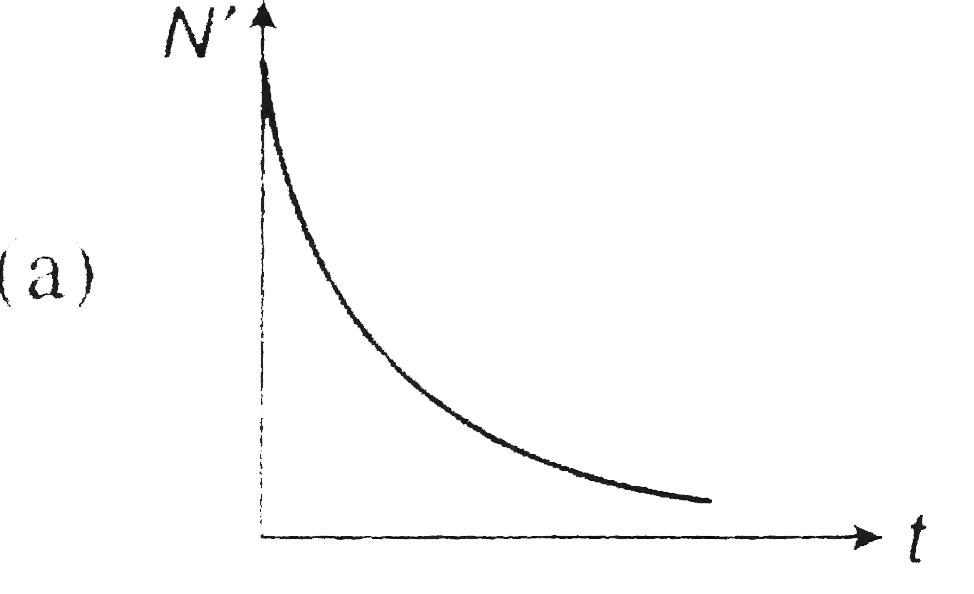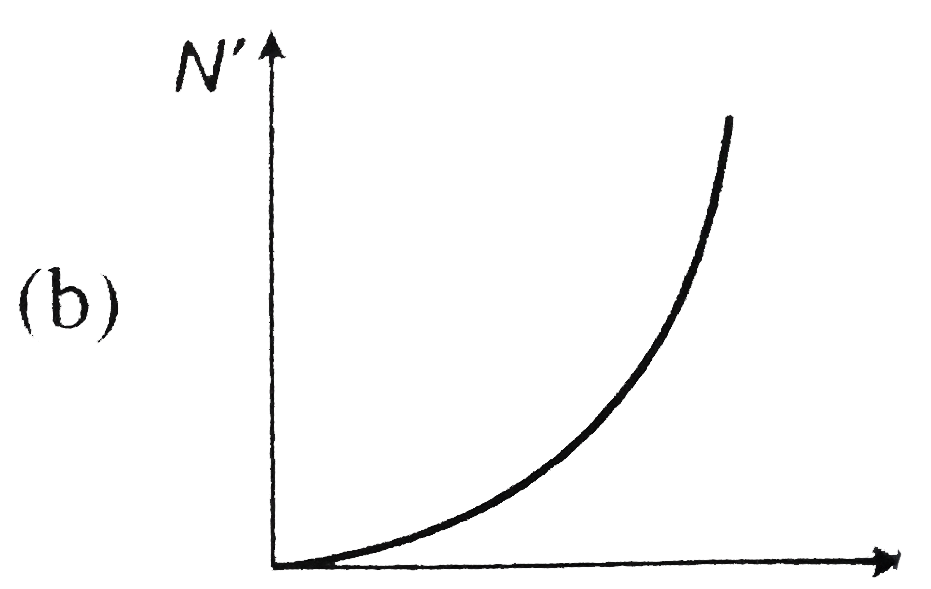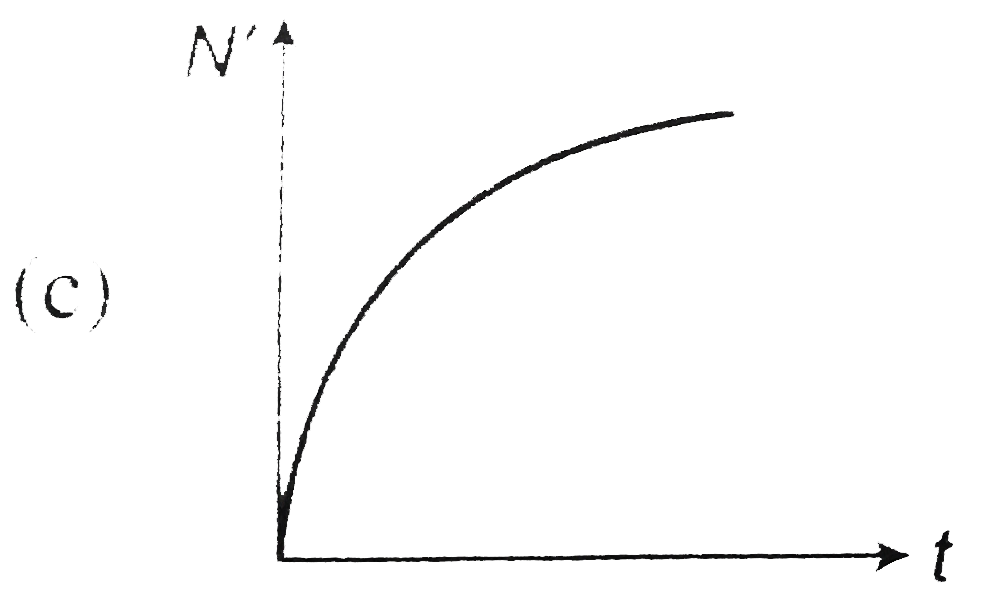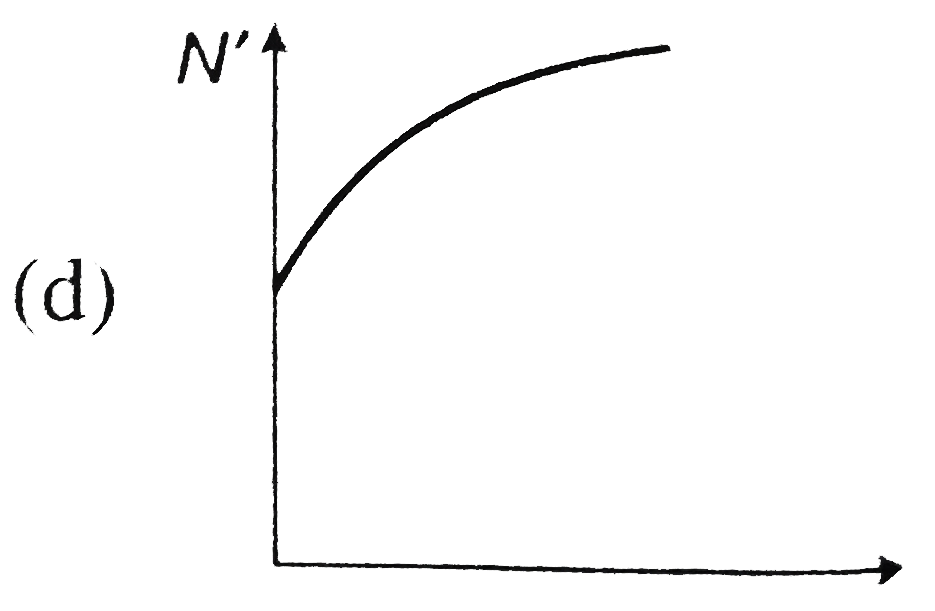The equations dNdt=−λN and N=N0e−λt describes how the number N of undecayed atoms in a sample of radioactive material, which initially (at t=0) contained N0 undecayed atoms, varies with time t. Which one of the following statements about λ is correct ?
λδt gives the fraction of atoms present which will decay in the next small time interval δt
λ is the time needed for N to fall from N0 to the value N0/e
λ is the number of atoms left after a time equal to e second.
λ is the chance that any one atom will still be undecayed after one second.
The correct Answer is:A
Step by step video, text & image solution for The equations (dN)/(dt) = - lambda N and N = N_(0)e^(- lambda t) describes how the number N of undecayed atoms in a sample of radioactive material, which initially (at t = 0) contained N_(0) undecayed atoms, varies with time t. Which one of the following statements about lambda is correct ? by Physics experts to help you in doubts & scoring excellent marks in Class 12 exams.
Updated on:21/07/2023Topper's Solved these Questions
Similar Questions
Knowledge Check
The graph between number of decayed atoms N' of a radioactive element and time t is.
A .B
.B .C
.C .D
.D .
.If N0andN are the number of radioactive particles at time t=0andt=t, then
Aλ=1tlogN0NBλ=2.303tlogNN0Cλ=t2.303logN0NDλ=2.303tlogN0NIf N0 is the number of radioactive nuclei initially present , then the number of nuclei remaining undecayed at the end of nth half life is
A2−nN0B2−nN0C2−nN0D2−nN0
If Nt=Noeλt then number of disintefrated atoms between t1 to t2(t2>t1) will ve :-
View SolutionThe number of atoms of a radioactive substance of half-life T is N0 at t = 0. The time necessary to decay from N0/2 atoms to N0/10 atoms will be
View SolutionIf α=2N0λ, calculate the number of nuclei of A after one half-life of A, and also the limiting value of N as
View SolutionIn a radioactive sample, the fraction of initial number of redioactive nuclie, which remains undecayed after n mean lives is
View SolutionA radioactive element A decays with a decay constant λ. The fraction of nuclei that decayed at any time t, if the initial nucle are N0 is given by:
View Solution